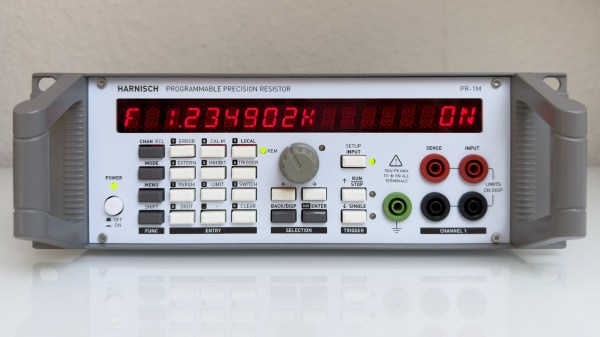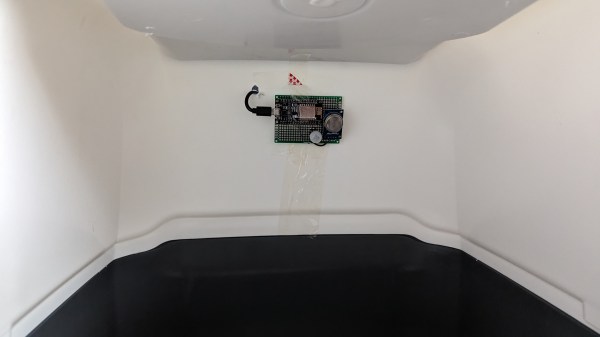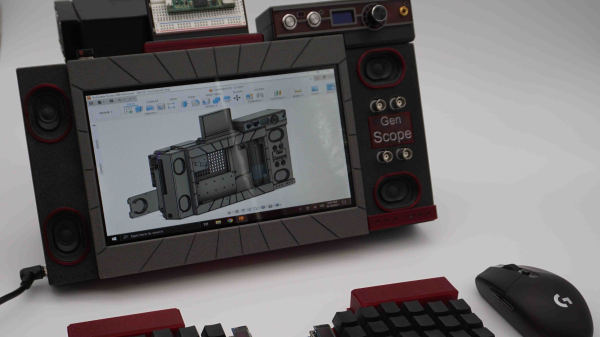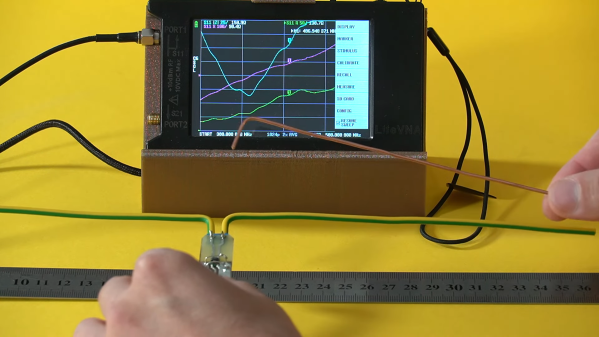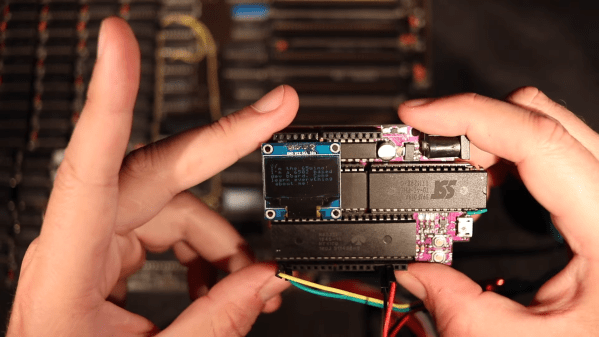We haven’t checked, but we’ll go out on a limb here and say this is the first project we’ve featured with a BOM that includes “an apartment in Paris with a breathtaking view of the Eiffel Tower.” We suppose there are other places in the world where a giant camera obscura like this would work too, but you’ve got to admit that the view is pretty spectacular.
Of course, a camera obscura is really just a dark room — that’s literally what it means in Latin — with a small aperture to admit light from the outside world. This projects an inverted image on the opposite wall, which must have looked absolutely magical to pre-technical people and honestly is still pretty stunning today. Either way, it’s a low-tech way of seeing the world in a different light. [Mathieu Stern] decided his camera obscura would turn the traditional design on its head. Literally — he wanted an upright image. Luckily, he found a supplier that makes special optics for camera obscura that do just that. It looks like the optic uses a Dove prism to invert the image, or in this case to turn it back into an upright image.
The real hack here was finding the perfect place with just the right view of the Eiffel Tower — not at all an easy task in a medieval city where streets go where they will and buildings tend to block the sightlines. [Mathieu] eventually managed to find just the right place. With a little aluminum foil to make the rented room really obscura and some strategically positioned sheets to improve the projection surface, he was able to project some beautiful images of the landmark and surrounding cityscape in a panorama on the apartment walls. The video below has some stills and time-lapse sequences that are pretty breathtaking.
We’ve seen other camera obscura before, including this mobile version which may have made things easier for [Mathieu], at the price of giving up a lot of the charm.
Continue reading “New Take On The Camera Obscura Brings Paris Indoors”


